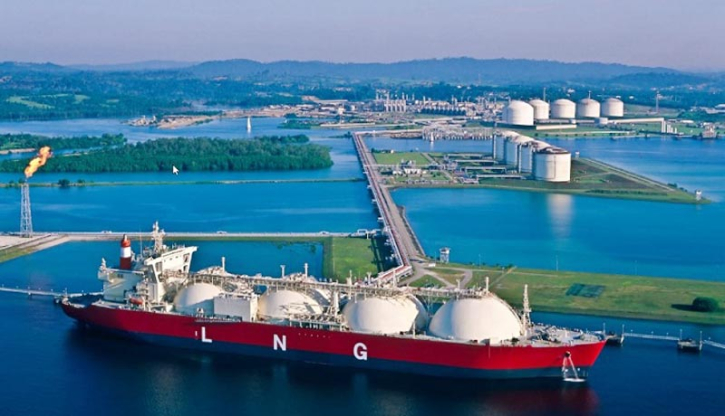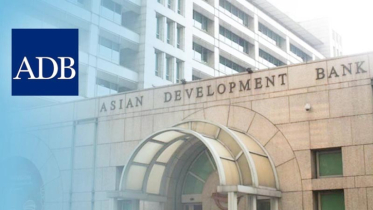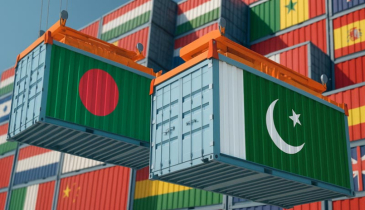Bangladesh's LNG imports surge as local gas fields run dry

Bangladesh’s natural gas production is declining at an alarming pace, forcing the country to rely increasingly on expensive liquefied natural gas (LNG) imports to keep its industries, power plants, and households running.
According to Petrobangla, the state-owned Oil, Gas and Mineral Corporation, Bangladesh has already extracted around 21.08 trillion cubic feet (tcf) of its total 29.74tcf of recoverable gas reserves, leaving only 8.66tcf as of June 2024. At the current rate of consumption, experts warn that local reserves could be exhausted within eight years unless new gas fields are discovered and developed urgently.
Daily output from domestic gas fields has plunged to roughly 1,800 million cubic feet per day (mmcfd) — a one-third decline from the 2,700mmcfd produced in 2017. “Local production is steadily falling while demand is rising across all sectors,” said AKM Mizanur Rahman, Petrobangla’s Director (Finance). “To meet the gap, we have no choice but to expand LNG imports.”
Bangladesh’s LNG imports surged to unprecedented levels in 2025. Between January and August, Rupantarita Prakritik Gas Company Ltd (RPGCL) imported 35 spot LNG cargoes, up from 21 during the same period last year. In August alone, the company purchased 3,427 million cubic feet (mmcf) of LNG — a 57% increase year-on-year.
Under existing long-term supply contracts, Petrobangla is authorized to import 56 cargoes, but the remaining 52 of its planned 108 shipments for 2025 must be sourced from the more volatile and expensive spot market. For the next fiscal year (FY26), the agency expects to import 115 cargoes, costing an estimated Tk580 billion.
The government’s growing dependence on imported LNG has sharply increased the subsidy burden. To bridge the gap between global import prices and domestic tariffs, gas subsidies rose to Tk8,900 crore in FY25, up from Tk6,000 crore the previous year.
Domestic gas costs roughly Tk3 per cubic metre, while imported LNG costs around Tk55. Petrobangla’s blended cost now stands at Tk19.09 per cubic metre, compared to a weighted average sales price of Tk11.91, implying a subsidy of about Tk7.18 per cubic metre.
Experts attribute the decline in local output to reservoir depletion, underinvestment, and delays in exploration and well maintenance. Major fields such as Titas, Bibiyana, and Rashidpur have been losing pressure, causing overall domestic production to fall to 1,850mmcfd by mid-2025. Even with record LNG imports, total gas distribution dropped to 2,526mmcfd in FY25, compared to 2,715mmcfd the previous year.
Bangladesh currently operates 20 active gas fields out of 29, with Titas (2tcf) in Brahmanbaria and Bibiyana (1.66tcf) in Habiganj remaining the largest producers. However, several promising discoveries — including Ilisha, Bhola North, Jakiganj, and Kutubdia — remain untapped due to funding constraints and lack of pipeline infrastructure.
In response, the interim government has announced an ambitious plan to drill 100 new wells, including 31 refurbishments, in a bid to add approximately 650mmcfd to the national grid.
.png)









